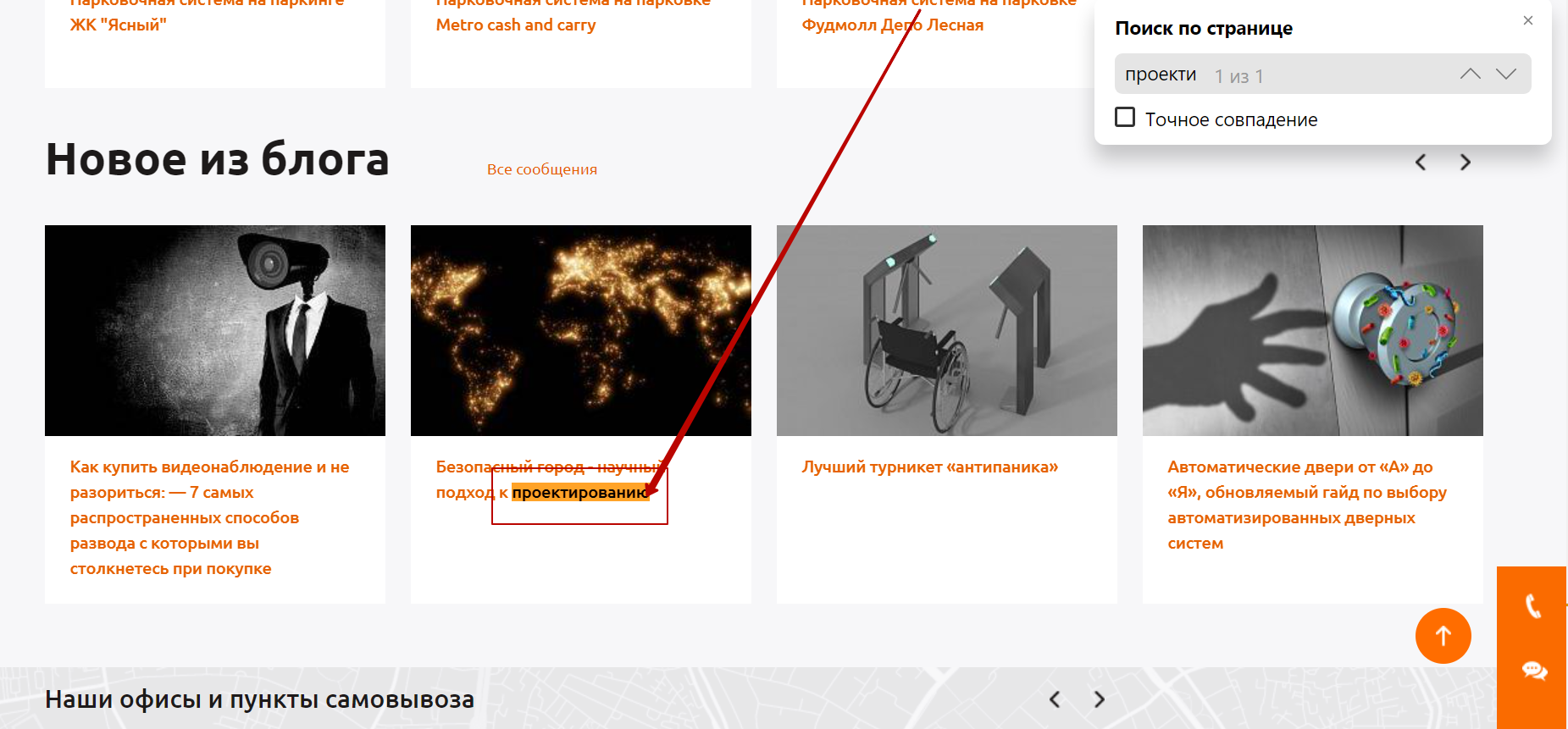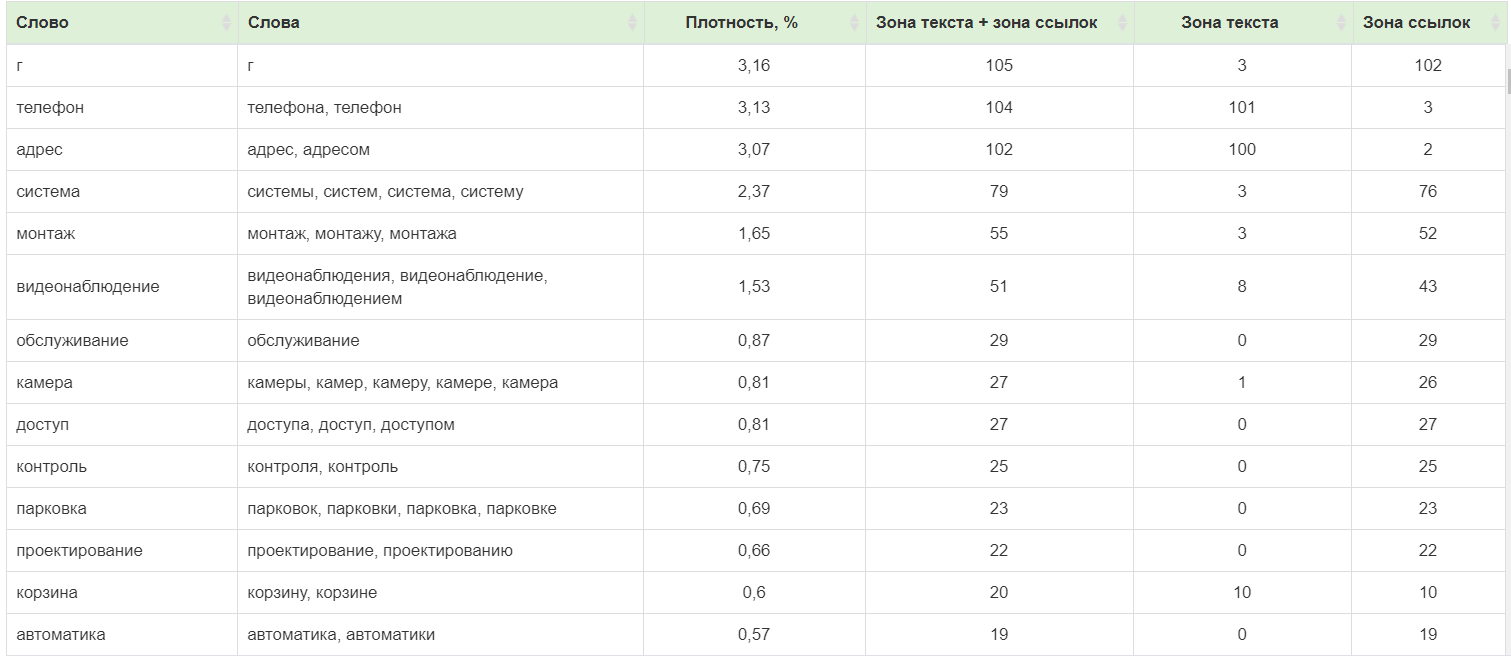Answer the question
In order to leave comments, you need to log in
After clustering, I found competitor pages that matched all queries from the cluster, but did not contain phrases. Why is this happening?
The attached picture shows a screenshot with phrases from the cluster created by the "fists" service.
If you google these phrases, then this page is found for 14 out of 15 cluster queries, while most of the cluster's key phrases are missing in the text of the page.

Questions:
1) is it worth it to follow the path of this competitor and take the phrases used by him, so that in the end my page would be found by the phrases of interest to me, while these phrases themselves are not on the page?
2) if I do not use these phrases on the page, but these queries will lead to a site and potential customers will come - can these phrases be considered part of the semantic core of my site?
3) if I understand correctly, this is a frequent occurrence with finding pages by phrases that are not found in the texts of the pages found. Then it turns out that clustering is not used in such a way that all phrases from the cluster are pushed into the text of the page. And how then do they deal with a cluster of phrases, i.e. how to get phrases from the cluster phrases that will go into the TOR for a copywriter?
Answer the question
In order to leave comments, you need to log in
I checked the page you provided as an example. In fact, this page is completely relevant to all queries.
I didn’t quite understand why you write that you didn’t find the phrases on the pages, or did you mean that they should all be in the exact match? If they were all in the exact match as in the screenshot from the service, then such a page would fly far beyond the TOP-100 for hard spamming.
It is not necessary at all, or rather it is impossible at all, to shove all the phrases from semantics in a direct entry. It is enough to enter the exact occurrence + SEO-tails in the meta tags (Title, Description) and the exact occurrence of the high-frequency phrase in H1, and then scatter topic-forming phrases, phrases from highlights, LSI, and so on in the text.
Moreover, you can enter not only in the text, but also in the elements on the page, in the linking, phrases from the menu, sidebar, footer, etc. are also taken into account. In addition, some phrases may be in the code, but they are not visible visually (for example, in any pop-up menus that are not currently open on the site) - all this affects the textual relevance of the document as a whole ( here I described in detail how to embed keys on page).
Here is an example from the same page, the word "design" is found in linking:

I recommend using this tool https://miratext.ru/seo_analiz_text to check relevance , as well as https://ru.megaindex.com/a/textanalysis
- they make life very easy.
Here is a screenshot from Miratext, see how many occurrences of all the necessary phrases in the text.

So this page rightfully occupies top positions for these queries. It is worth taking an example from her both in terms of semantic disclosure, and in terms of design, formatting, look at the blocks that are present there. Take all the coolest and transfer to yourself and make it even better.
Didn't find what you were looking for?
Ask your questionAsk a Question
731 491 924 answers to any question